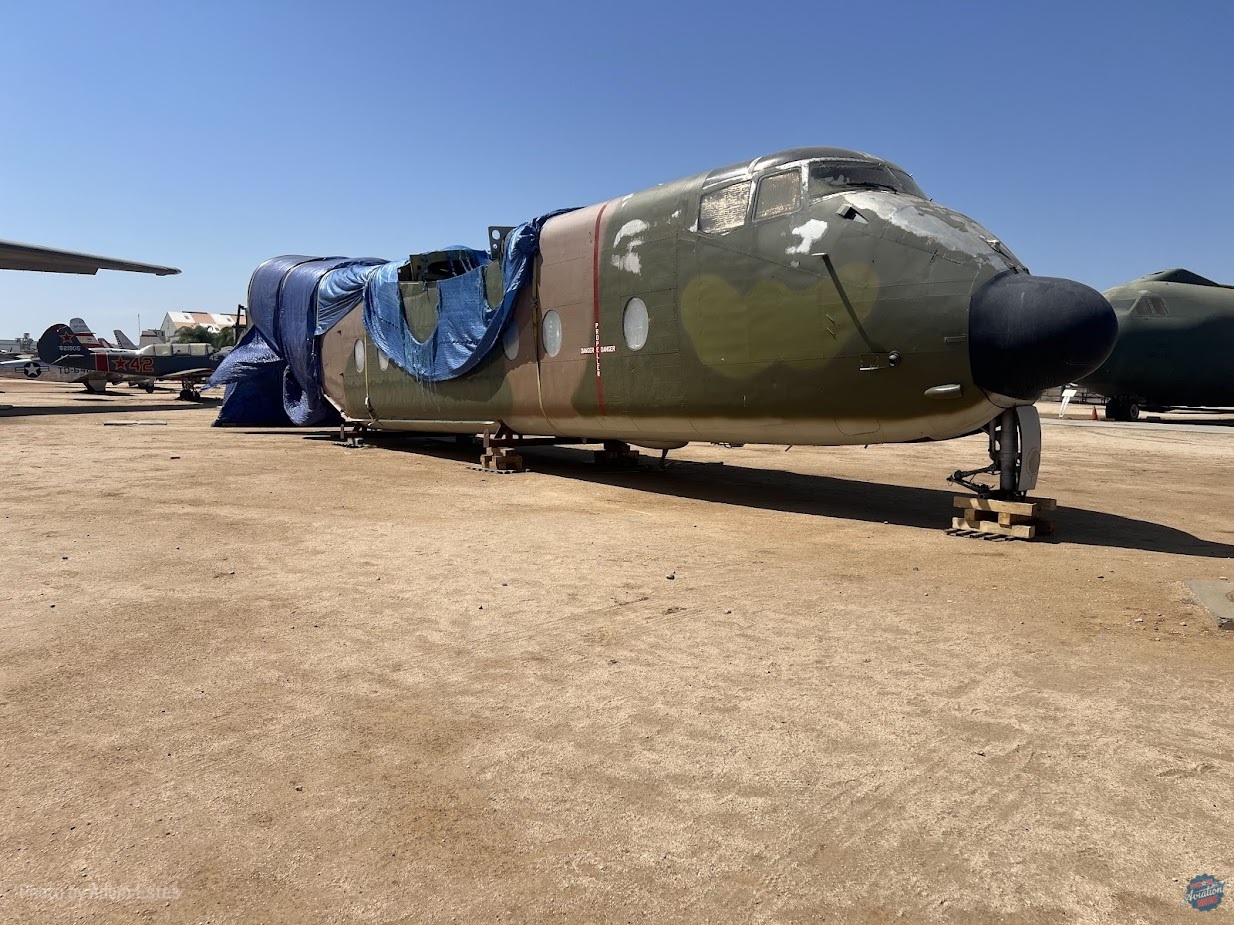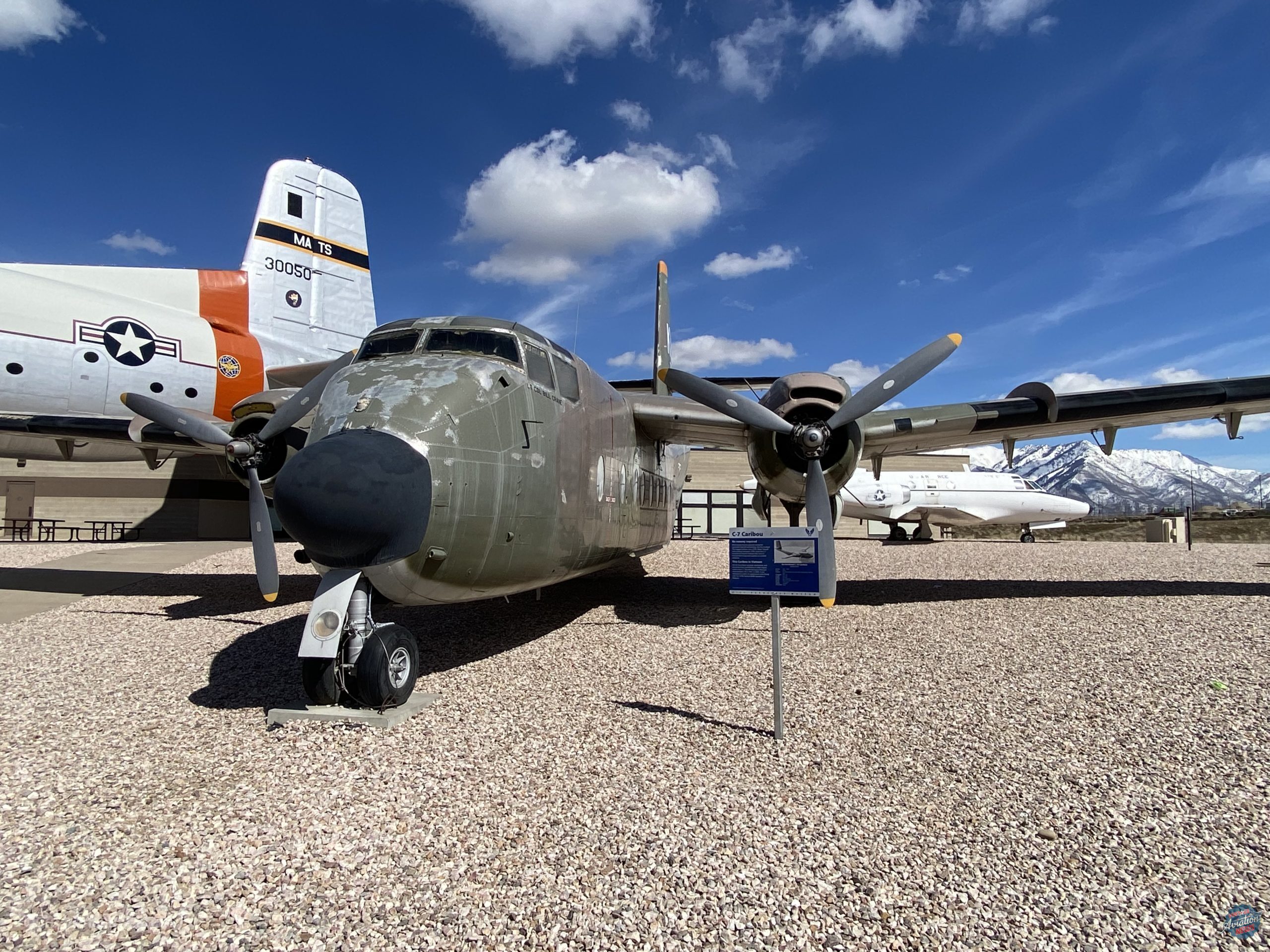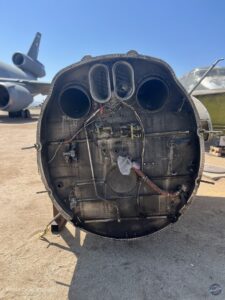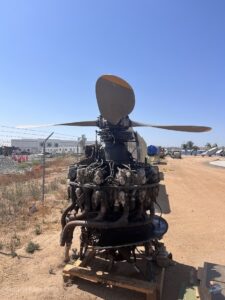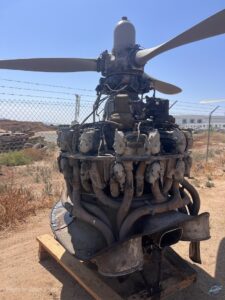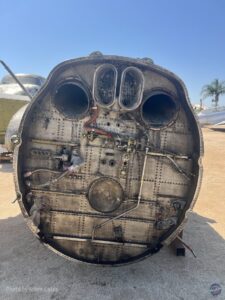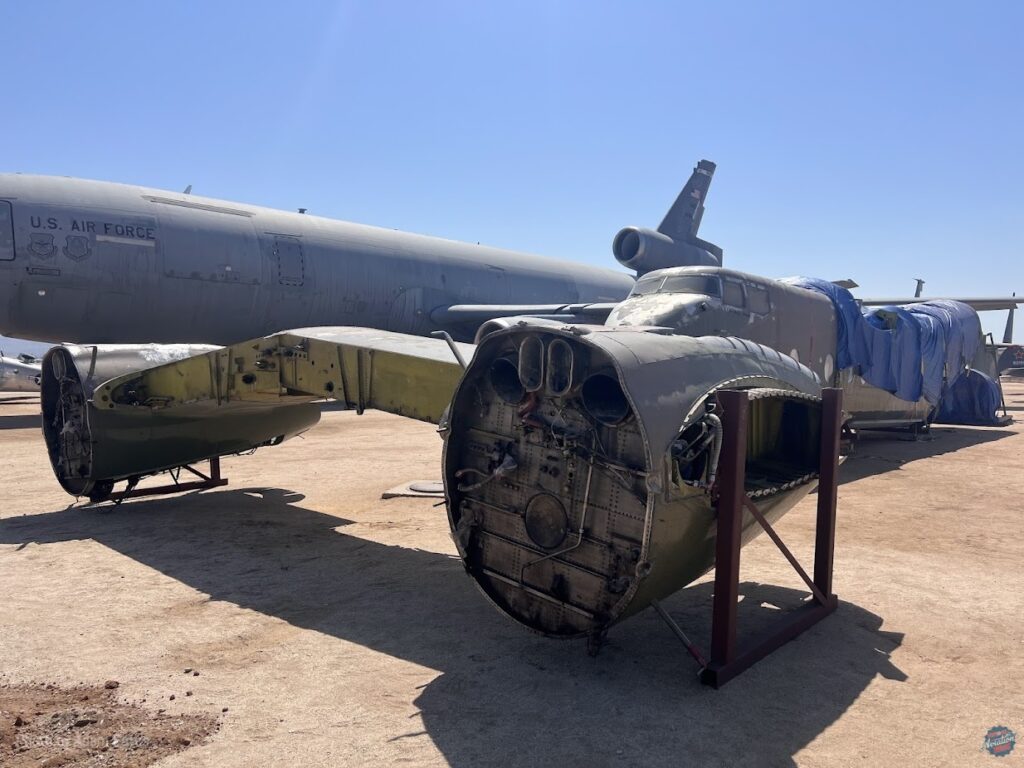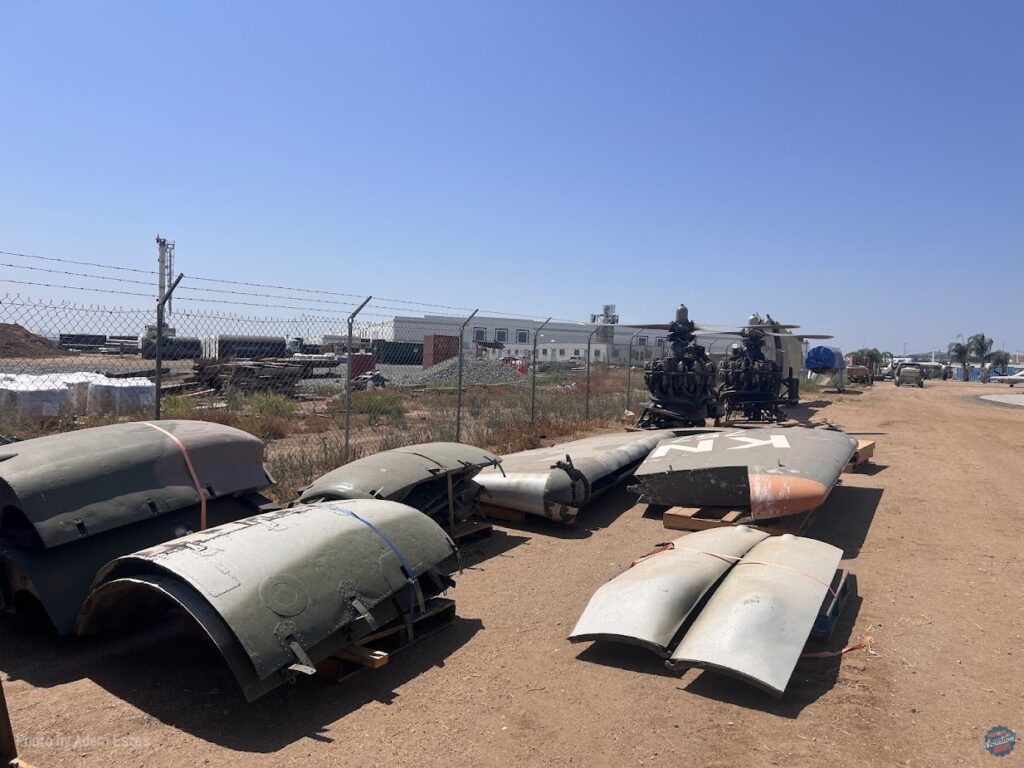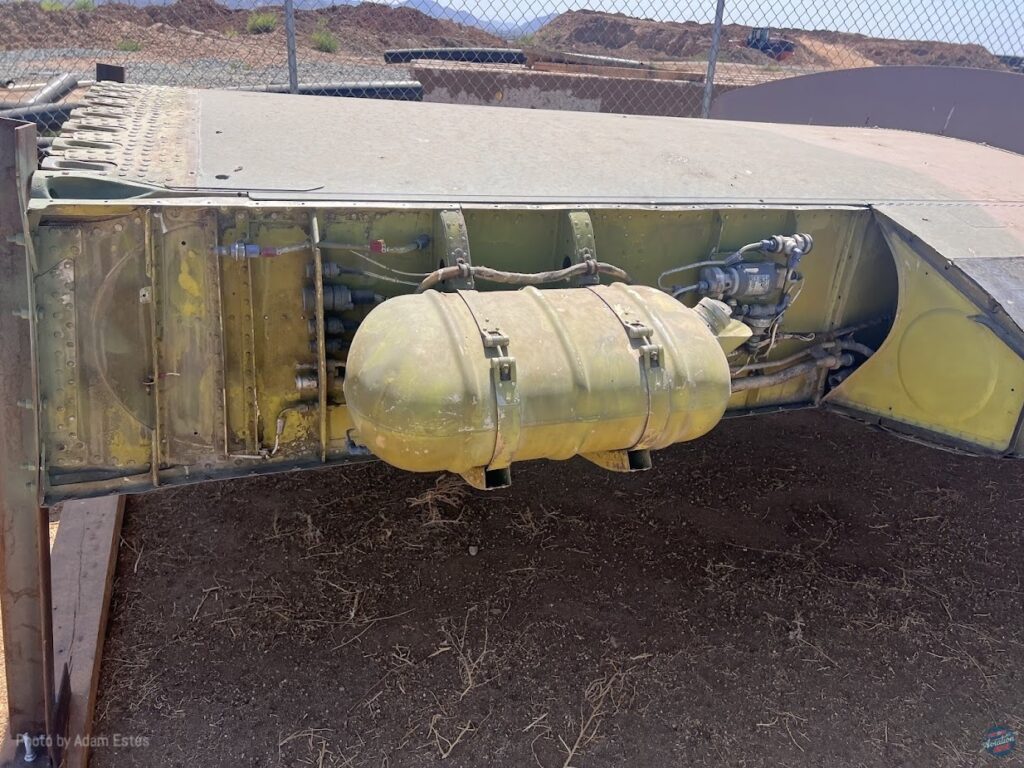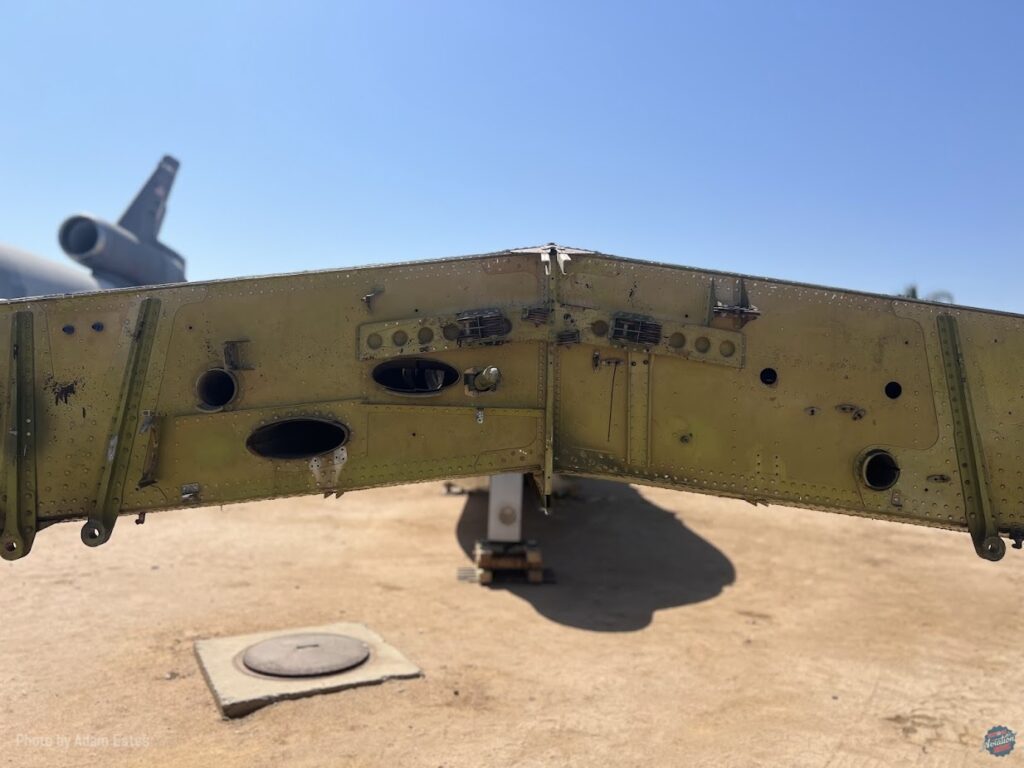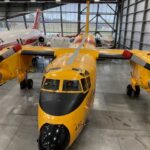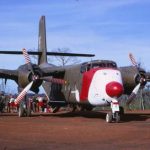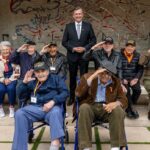As they exist in nature, the caribou is not known to live either in Utah or California, but a De Havilland Canada C-7B Caribou has just ‘migrated’, so to speak, from the Hill Aerospace Museum (HAM) at Hill Air Force Base near Roy, Utah, to the March Field Air Museum (MFAM) at March Air Reserve Base in Riverside, California. This Short Take-Off and Landing (STOL) transport aircraft arrives in the wake of the HAM’s recent opening of its latest indoor gallery (see this previous article here: NEW GALLERY OPENS AT HILL AEROSPACE MUSEUM (vintageaviationnews.com)) and is one of the many new acquisitions made at the MFAM over the past few years, and is certainly among the largest of these (with the exception of their recently-acquired McDonnell-Douglas KC-10 Extender).
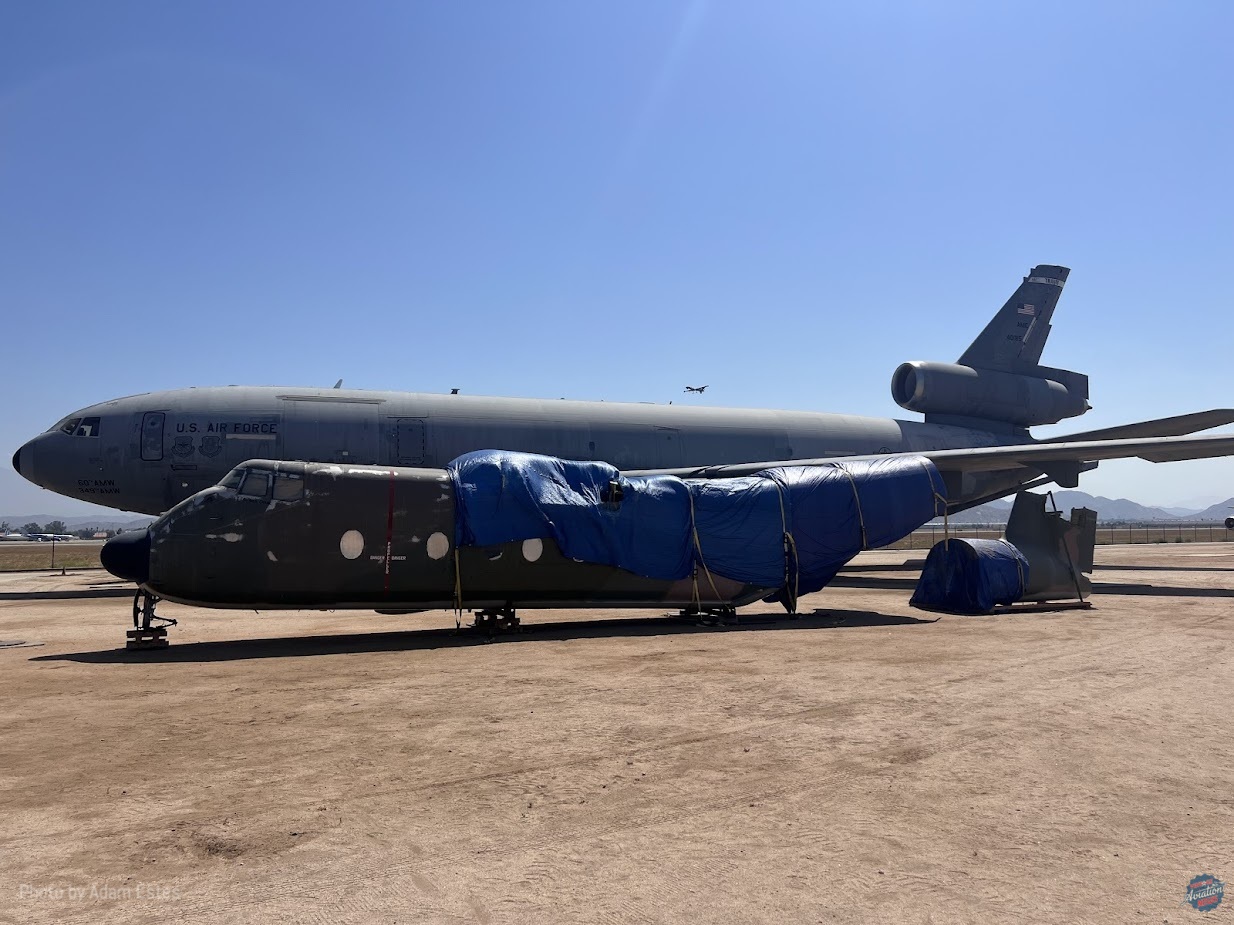
Many readers in both the United States and Canada are well aware of the history of the Caribou through both its civil service in the northern territories of Canada and in Alaska, and through its military service, especially during the Vietnam War, where the Caribou’s STOL capabilities and rugged design kept were fully appreciated by American, Australian, and South Vietnamese crews who could operate the aircraft out of unimproved and short airstrips at forward bases, even when they were under constant fire by the North Vietnamese forces. The Caribou was further distinguished in American military circles by being flown not only by Air Force pilots but also by Army pilots in Vietnam before the Army Caribous were transferred to the Air Force through Operation Red Leaf.
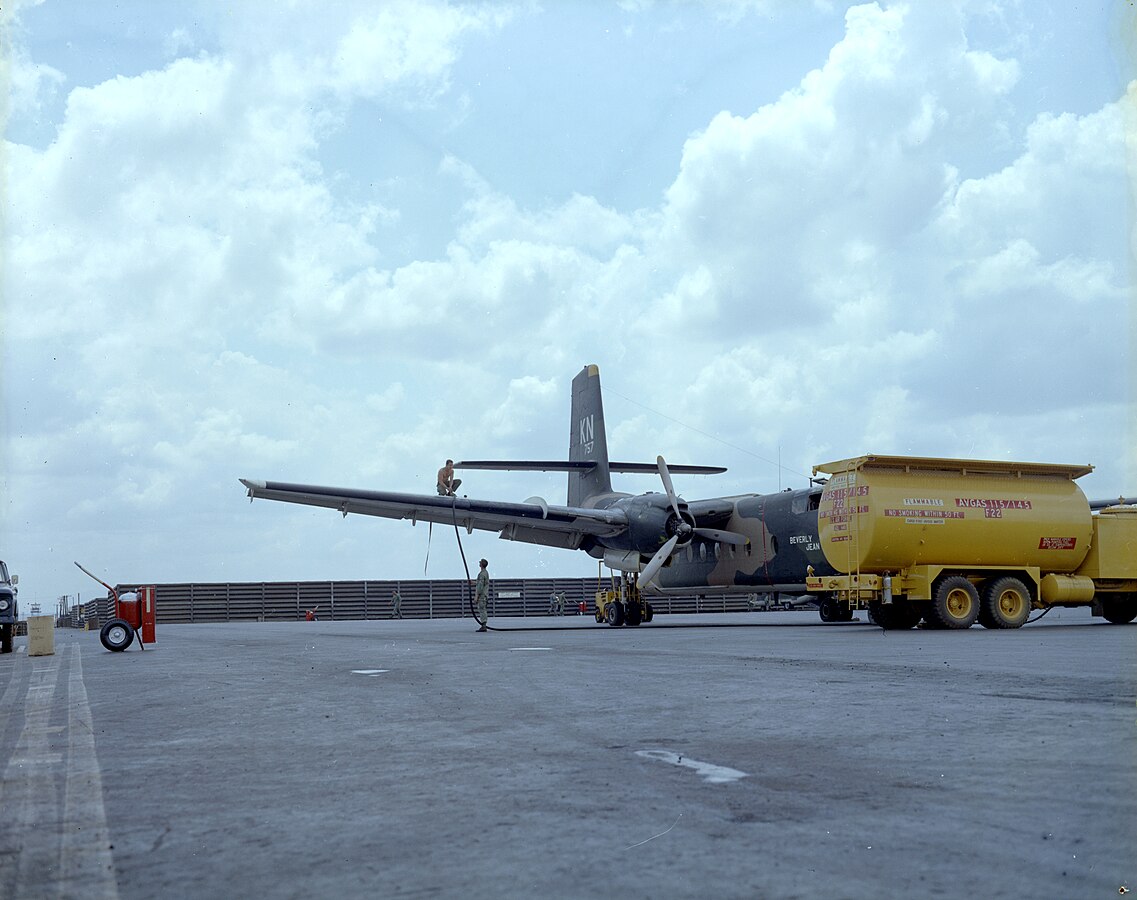
This particular Caribou was manufactured by De Havilland Canada in Toronto as construction number 220 and delivered to the US Army on January 29, 1965 as serial number 63-9757 and assigned to the 17th Aviation Company. Two years later, on January 1, 1967, it was transferred to the US Air Force and the 537th Tactical Airlift Squadron (TAS) (part of the 483rd Tactical Airlift Wing) at Phù Cát Airbase, South Vietnam. During ‘757’s tenure, the 537th TAS earned both an Air Force Presidential Unit Citation (PUC) and a Navy PUC the support they provided to Marine operations in Khe Sanh from January to May 1968. Later, the unit earned a second Air Force PUC for their efforts to resupply the Dak Seang Special Forces Camp. During its time in Vietnam with the 537th, the aircraft had the name Beverly Jean applied to its nose section.
By September 1971, ‘757 was transferred to the Sacramento Air Material Area at McClellan AFB, California, before its transfer to the Air Material Area (AMA) at Warner-Robins AFB, Georgia. Later, starting in May 1972, the aircraft was flown by the 908th TAG/ 94th TAW at Maxwell AFB, Alabama, with the aircraft going into the 357th TAS when the 357th was placed under the fold of both the 908th TAG and the 94th TAW in September 1977.
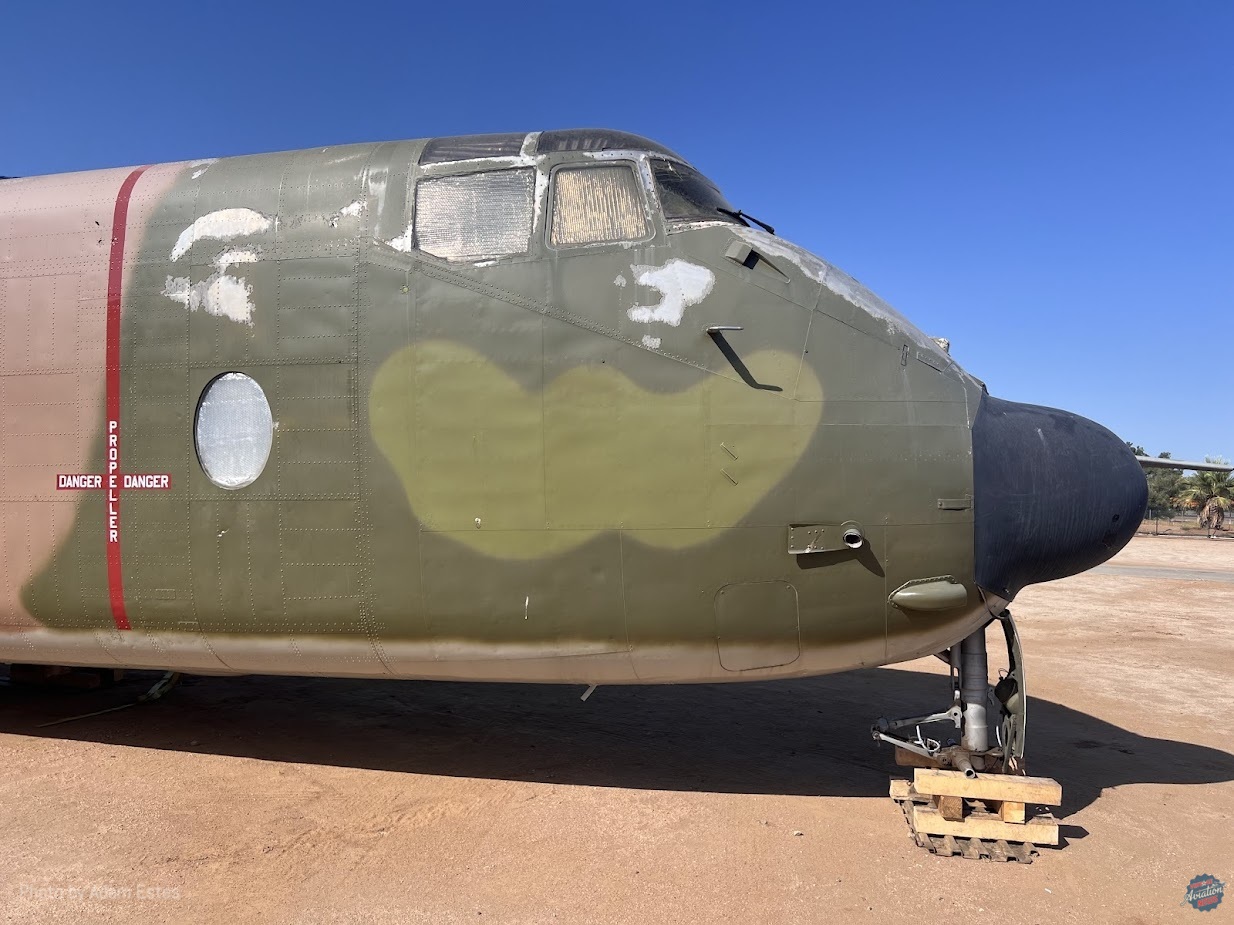
In October 1983, a reorganization of the deployment of the C-7 Caribou from Air Force Reserve units in favor of the C-130 Hercules saw ‘757 and other C-7s returned to serve with the US Army. The following month, our subject Caribou was serving in the 19th Special Forces Group of the Utah Army National Guard (NG), carrying out its duties as a jump plane for paratrooper training. By the start of the 1990s, it was clear that the Caribous were to be phased out even from NG units. So on August 23, 1991, C-7B 63-9757 made its final flight to Hill AFB to be delivered to the Hill Aerospace Museum, which remains the state of Utah’s largest air museum.
For over thirty years, 63-9757 remained on outdoor display at Hill, with the aircraft being repainted in its 537th TAS colors from Vietnam in 2005. But the years of exposure to dry summer heat and winter snows have taken a toll on the old transport, as they have for many aircraft kept outdoors at Hill, but in recent years, the museum has been steadily building new indoor galleries for its aircraft, with the latest of these being the L.S. Skaggs Gallery, which features not only new acquisitions such as the museum’s F-117A Nighthawk and F-22 Raptor but several transports once displayed outdoors alongside the Caribou, such as the C-54, C-131, and C-119. Now however, it seems that with little room to display the Caribou in these new galleries, an offer was made to the MFAM, which graciously accepted, and a team of specialists working on behalf of the MFAM disassembled the Caribou and trucked it to California.
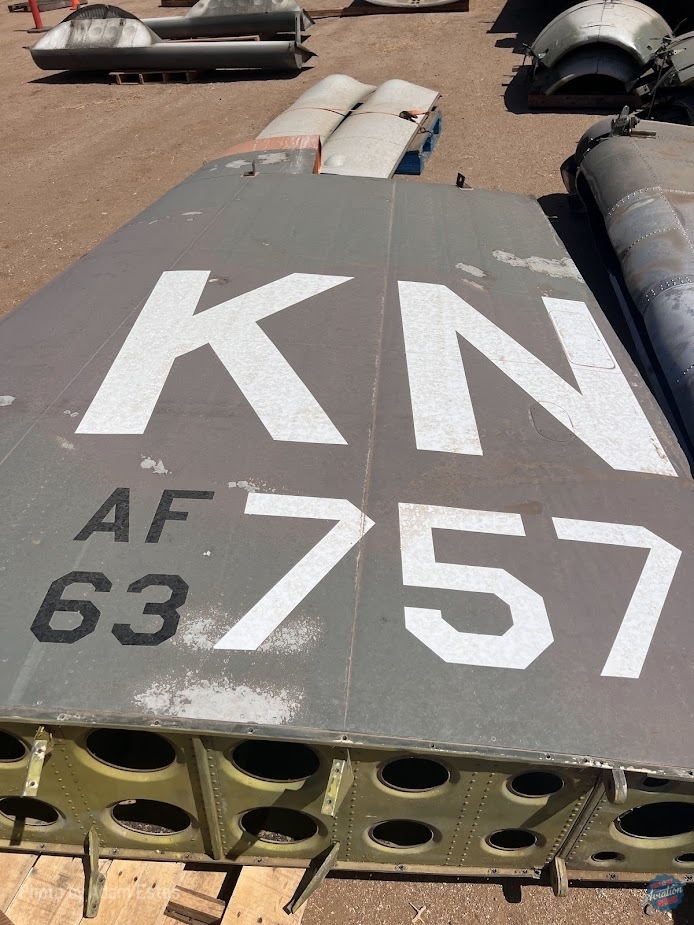
By July 14, the complete aircraft arrived at the MFAM, with the fuselage, tail, wings, and engines waiting to be reassembled, which should take place within the coming months. While the Caribou will still be placed on outdoor display, it will at least not have to worry about the accumulation of snow on its upper surfaces. With a sizable collection of Vietnam-era aircraft, from F-4 Phantoms and UH-1 Hueys to a B-52 Stratofortress and a C-123 Provider, the Caribou now at MFAM will fit right in, and will continue the work it had done at Hill, to stand as a monument to the men who flew and maintained this and many other aircraft in the service of their country.
For more information, visit March Field Air Museum Home.
